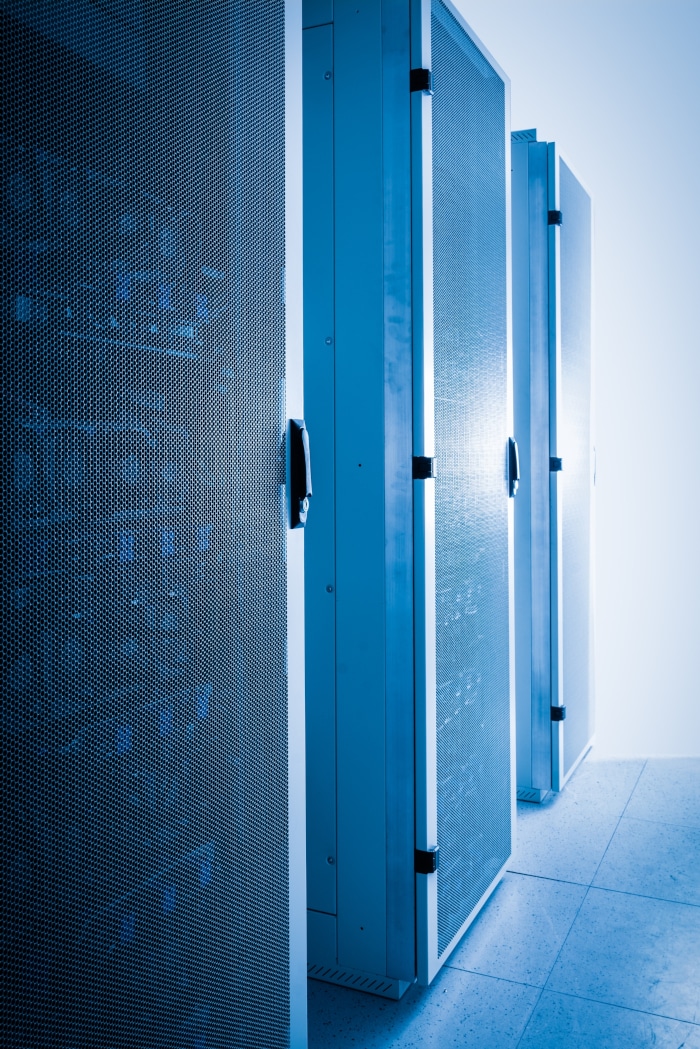What Is Data Center Migration?
Data center migration is the process of moving an organization’s data, systems, processes, and IT infrastructure from one physical location to another environment, typically to a different data center or a virtualized or cloud environment. Data center migration is a complex and resource-intensive endeavor that requires careful planning, project management, and execution to minimize service disruptions and prevent data loss or corruption.
Why Is Data Center Migration Needed?
As an organization changes and its priorities and strategies shift, its current data center footprint may no longer adequately support its objectives and thus a migration project becomes warranted. Common drivers for data center migration include cost optimization, technology and hardware upgrades, data and workload growth, enhanced security and disaster recovery capabilities, alignment with sustainability goals, adherence to data compliance regulations, and consolidating IT footprint from mergers and acquisitions.
Benefits of Data Center Migration
While every data center migration project is unique, benefits may include:
Lower TCO
Derive instant and ongoing cost savings from reduced hardware overhead and space rightsizing to lower operating expenses and more cost-efficient services.
Improved Performance
Provide advanced computing capabilities and networking connectivity for your modern workloads and applications.
Streamlined Management
Simplify IT management and operations by consolidating resources and reducing complexities with a cohesive data center strategy.
Why Would an Organization Migrate Their Data Center?
Migration may be considered for a variety of reasons, including:
- Controlling for costs by moving from a CapEx model to an OpEx model
- Supporting new workloads and service offerings with high-performance computing
- Meeting governance and security requirements
- Improving redundancy and business continuity or disaster recovery capabilities
- Aligning with sustainability goals by reducing environmental impact
- Consolidating data management and optimizing IT resources
- Enhancing remote worker productivity by distributing workloads to the edge
- Increasing scalability to accommodate changing demands
How to Choose a Data Center Migration Partner
Aspects to consider when evaluating a data center migration partner include:
- Planning: How will the partner document all of our existing hardware, networking configurations, applications, and dependencies? Can they formulate a migration plan that aligns with our business objectives, timeline, and budget?
- Experience: Have they performed similar migrations of this scope and caliber in the past? Do they have the skills and resources to support our future infrastructure, networking, and security needs?
- Environment and Location: Does the partner support our desired new environment? Do they support the geographic location(s) we need?
- Transfer: How will our data be transferred to the new environment? How will our new network be configured?
- Testing: What type and level of tests does the partner run to demonstrate that the new environment will support our migrated data, workloads, and systems? Will the new environment meet our backup and disaster recovery RPOs and RTOs?
- Migration Process: How will the new racks and cabling be installed? How will the old hardware be decommissioned? What is the expected downtime during the migration? Will we need staff on-site at either, or both the old and new location(s)?
- Post-Migration Support: How long will the partner provide ongoing support for our new environment? What level of documentation and knowledge transfer will they provide to our internal teams?
Data Center Migration Best Practices
While every data center migration is unique, following a set of best practices can help ensure a successful migration.
- Thorough Planning: Create a detailed migration plan with outlined goals, tasks, responsibilities, timelines, checklists, budget, and roadmap.
- Risk Assessment: Identify potential risks and challenges, formulate mitigation strategies, and develop contingency plans for every stage of the migration process.
- Stakeholder Buy-In: Establish executive sign-off and buy-in early, set clear expectations, and communicate progress often.
- Validation: Conduct rigorous network, server, performance, and disaster recovery testing in the new environment to assess application and system compatibility, functionality, and failover.
- Change Management: Communicate migration timelines and expectations to all affected business units and teams to help minimize potential disruptions and confusion.
- Post-Migration Optimization: Continuously monitor the new environment’s performance and security and act to optimize the environment to meet ongoing goals.
Confidently Migrate Your Data Center with Evocative
With 24 data centers, 32 points of presence, and over 68,000 servers under management, Evocative’s world-class facilities empower businesses of all sizes and industries around the globe. With colocation, bare metal, and managed services offerings, organizations can entrust their data and systems to Evocative’s reliable, redundant, sustainable, and cost-effective data centers.
Evocative’s expertise and decades of industry experience will help drive your data center migrations forward.

